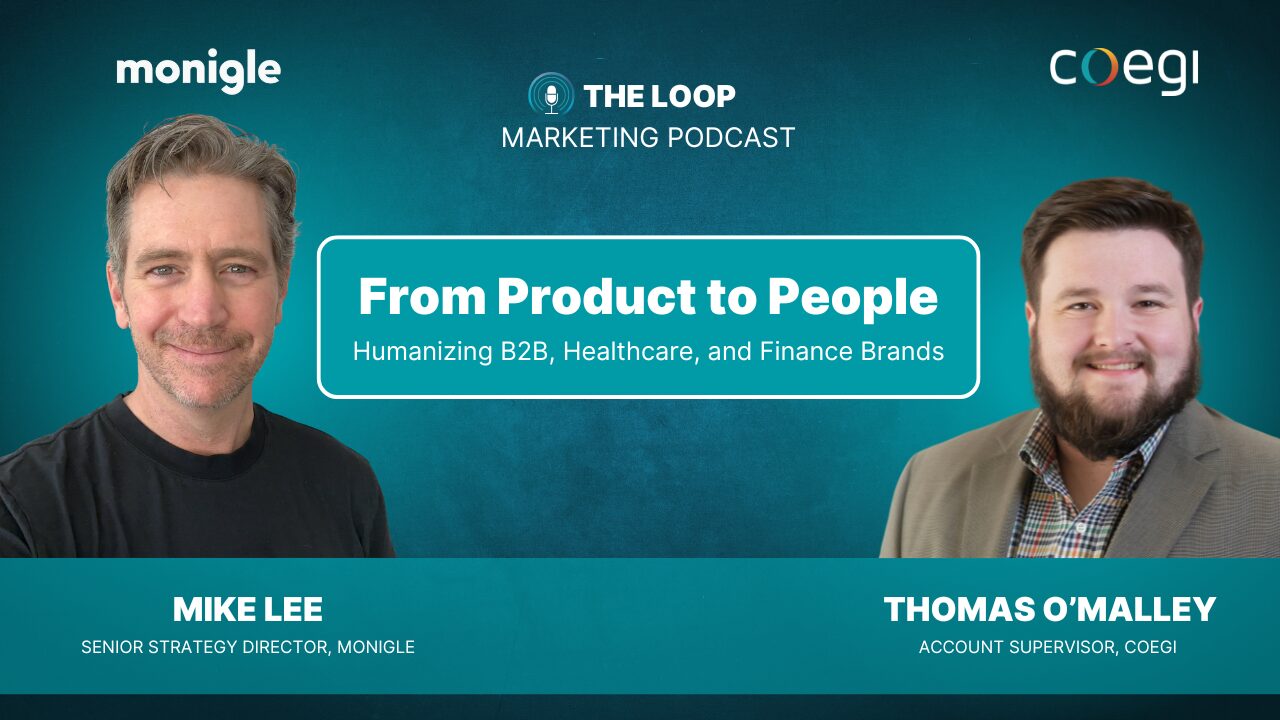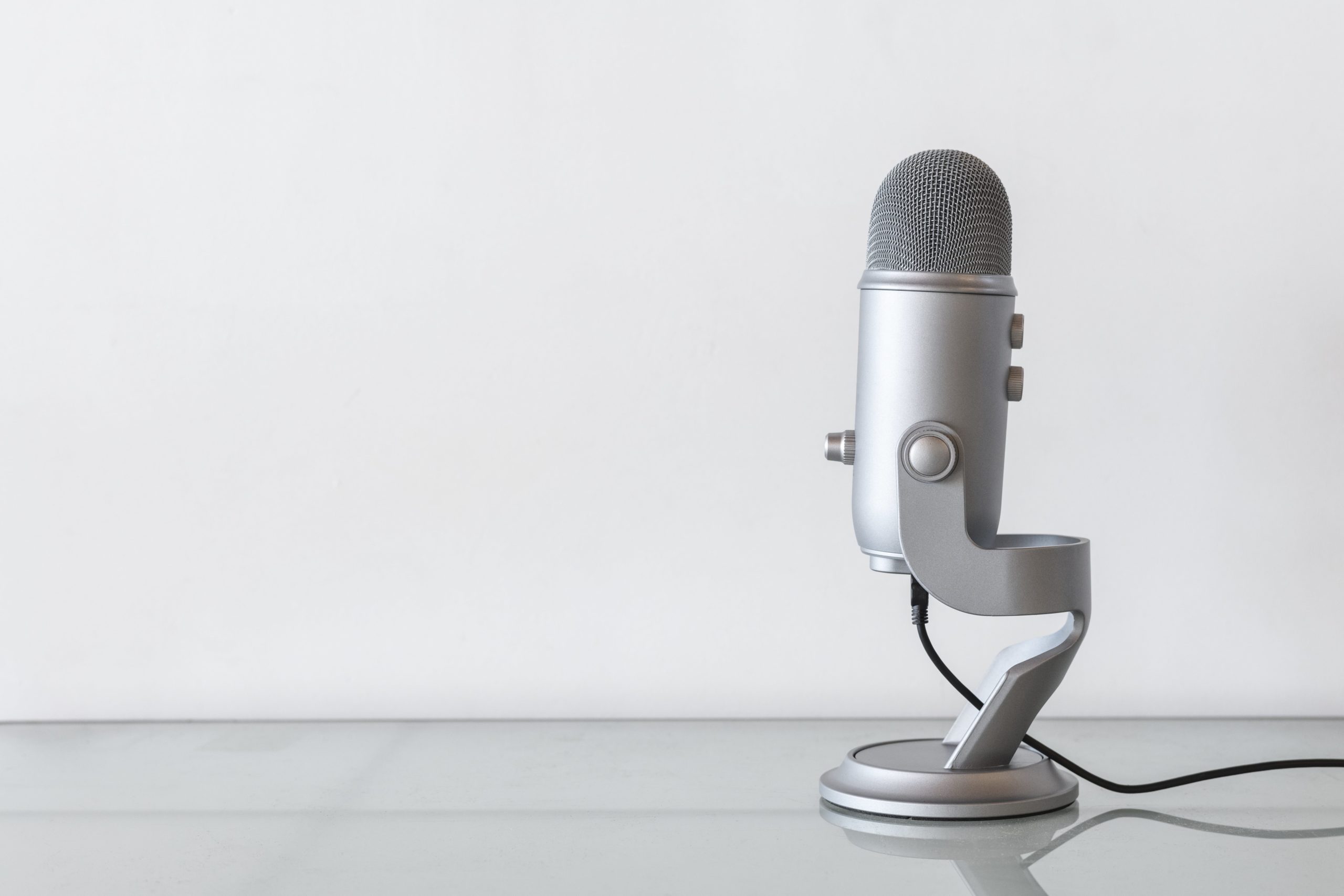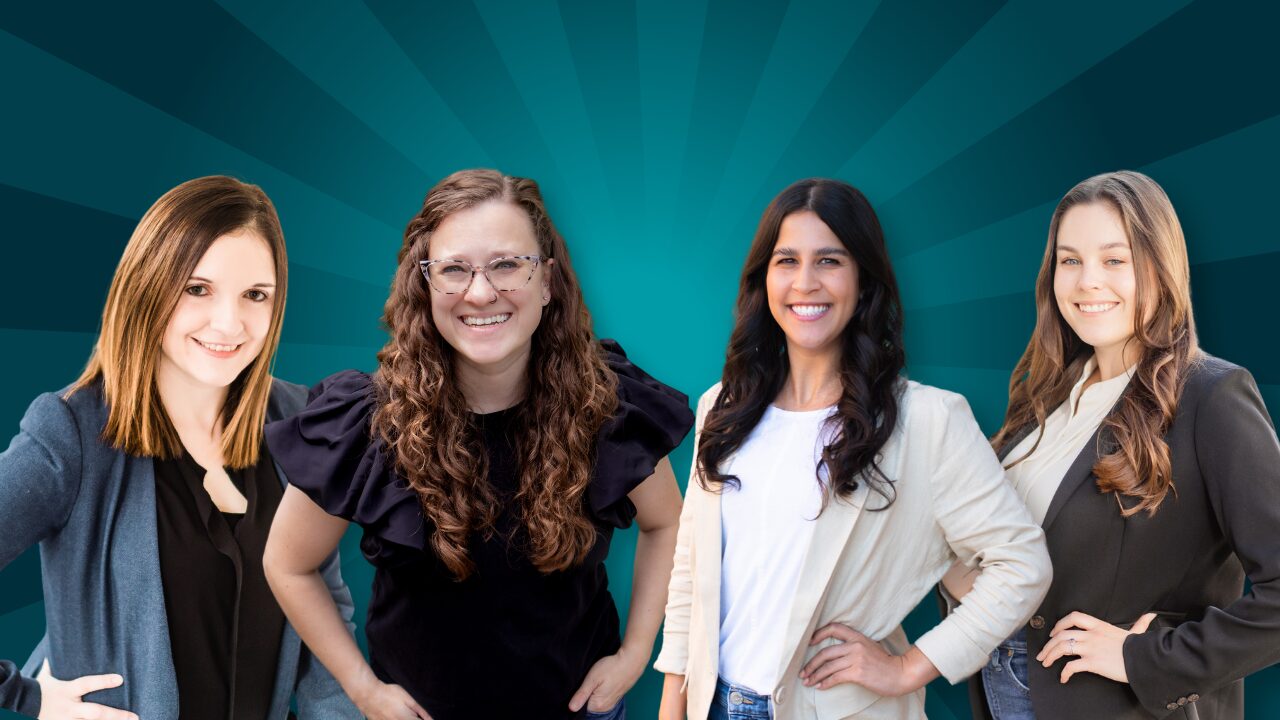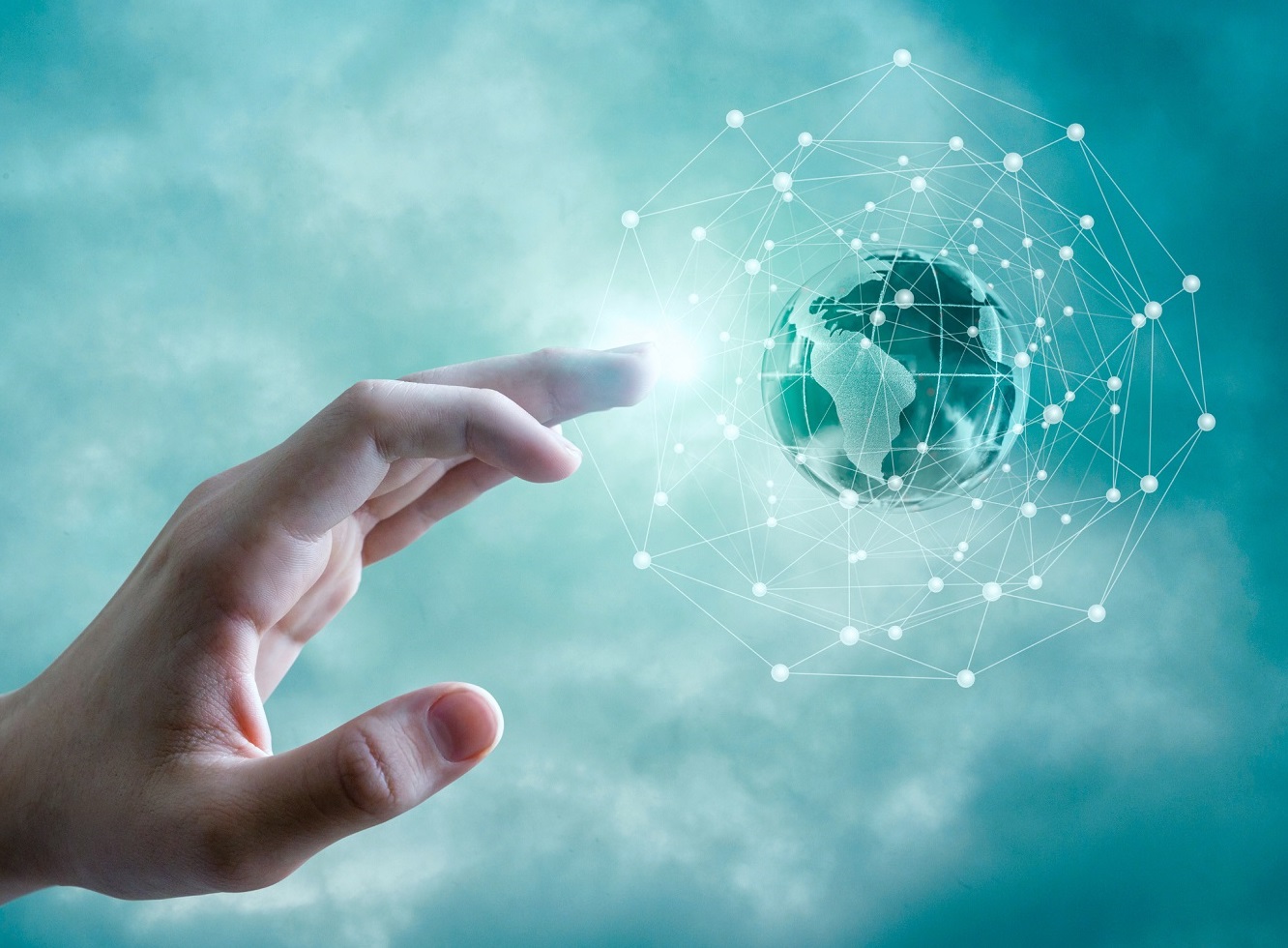In industries where messaging often defaults to the functional and risk-averse, how can brands embrace human-first B2B marketing to connect in ways that actually resonate? We sat down with Mike Lee, Senior Strategy Director at Monigle, and Thomas O’Malley, Account Supervisor at Coegi, to explore what it really means to create and why that matters more than ever in B2B marketing.
Here’s what they had to say.
What does human-first B2B marketing look like in action?
Mike Lee: A humanized brand is one that connects with people where they are, across sensorial, emotional, intellectual, and behavioral dimensions. It’s not just about crafting a brand voice or running archetype workshops. It’s about understanding who your audiences are — not just as buyers, but as people — and creating experiences that resonate at every level, from the digital space to your physical environment.
Thomas O’Malley: From the activation side, we use data to meet people where they already are. It’s about making messaging feel relevant and trustworthy. People aren’t just purchasing a service or product; they’re choosing a brand that feels like a partner. That trust is built through relevance and consistency in how and where we show up.
Why do B2B brands struggle to adopt human-first B2B marketing?
Mike: In regulated or sales-driven environments, it’s easy to focus on product features and how they outperform the competition. But the truth is, those advantages are fleeting. What lasts is how people feel when they interact with your brand. Even in B2B, decision-makers are human beings with fears, ambitions, and emotions. If we ignore that, we miss the opportunity to build lasting relationships.
Thomas: Right, and that shift shows up at every level of strategy. Whether it’s a CMO choosing a vendor or a mid-level manager evaluating platforms, they all want to know, “Does this brand understand me? Will this make my life easier?” Crafting messages that speak to those needs, combined with data that helps us serve those messages in the right places, is at the heart of human-first B2B marketing.
What’s a common buzzword in marketing you’d like to retire?
Thomas: “Innovative solutions.” It’s everywhere and it’s often meaningless. Innovation is only valuable when it’s grounded in the user experience. If you’re using AI or automation, is it to genuinely improve the way people interact with your brand? Or are you doing it just to say you did?
Mike: For me, it’s “authentic.” Not because authenticity doesn’t matter – it does. But people often stop at the word. They’ll say “we want to be authentic,” but won’t define what that actually means for their audience. If you’re targeting a working parent, for example, what does authenticity look like in their day-to-day reality? Without specificity, authenticity becomes a crutch instead of a strategic direction.
How should brands think about the role of AI and personalization?
Mike: AI is an amazing tool for sifting through information and spotting patterns. It helps us synthesize quickly and can even provide a decent creative starting point. But it’s not a replacement for human insight. The best creative feels like a great standup joke – it resonates because it’s true, and it’s told in a way you’ve never quite heard before. AI doesn’t have that lived experience.
Thomas: I see AI as a navigator, not a driver. It helps us optimize campaigns and streamline tasks, but it can’t replicate empathy. The emotional intelligence required to build trust, especially in B2B, still comes from people. We’ve all seen AI-generated content that feels “off.” That’s the absence of humanity. The role of a strategist is to make sure great messaging doesn’t fall flat when it’s delivered.
What’s one piece of advice you’d give teams looking to go beyond “good enough”?
Thomas: Be intentional. Every campaign, every impression should reinforce your brand’s values. Whether we’re talking about storytelling or media placements, we should always ask: does this feel true to who we are? Does it serve the person on the other side?
Mike: I’d add this: while consistency matters, make space for standout moments. If you only have 100 hours to spend, use 60 to ensure everything aligns with your values, and use the other 40 to create something unforgettable. That’s what people talk about. That’s what builds advocacy— the true goal of human-first B2B marketing.
Want to go deeper?
Catch the full conversation with Mike and Thomas on our podcast, where we unpack the nuances of human-first strategy and activation across regulated industries.
👉 Listen to the episode here:







